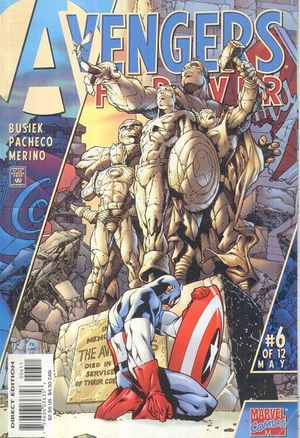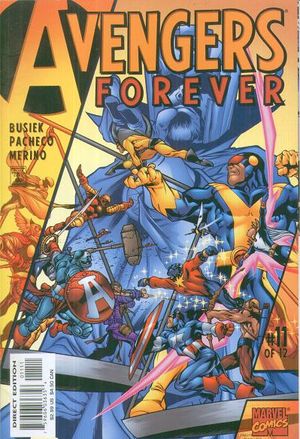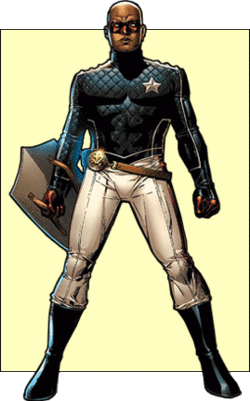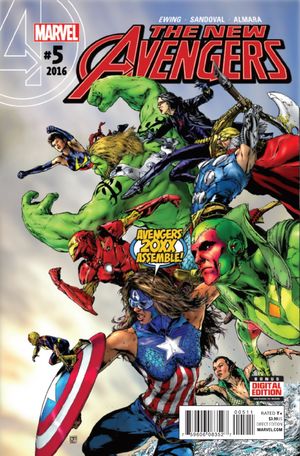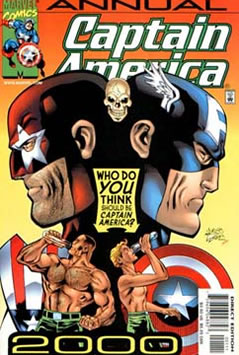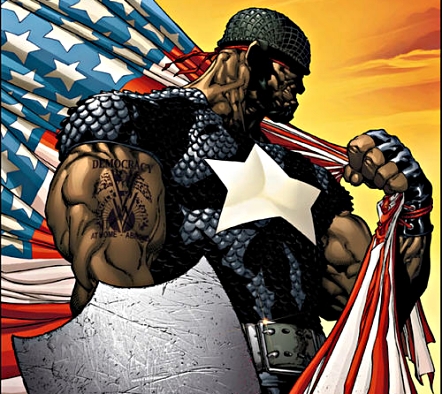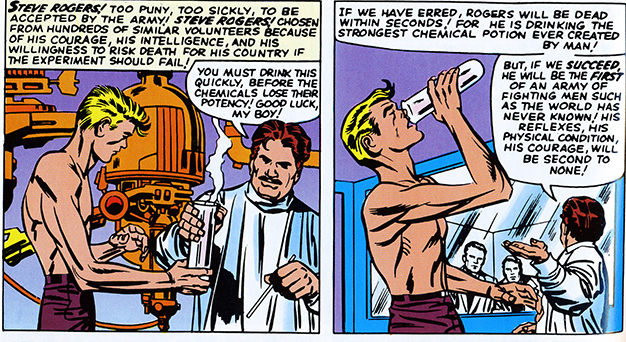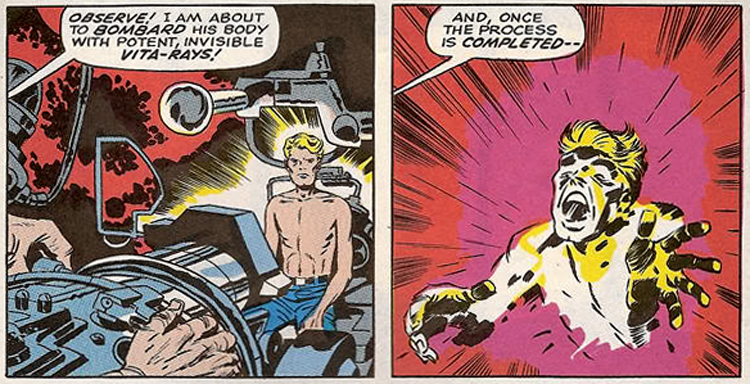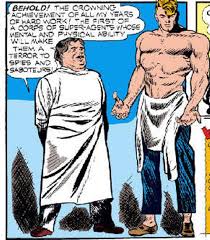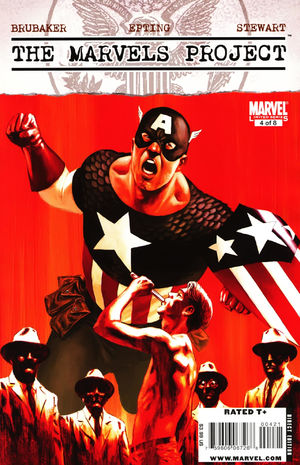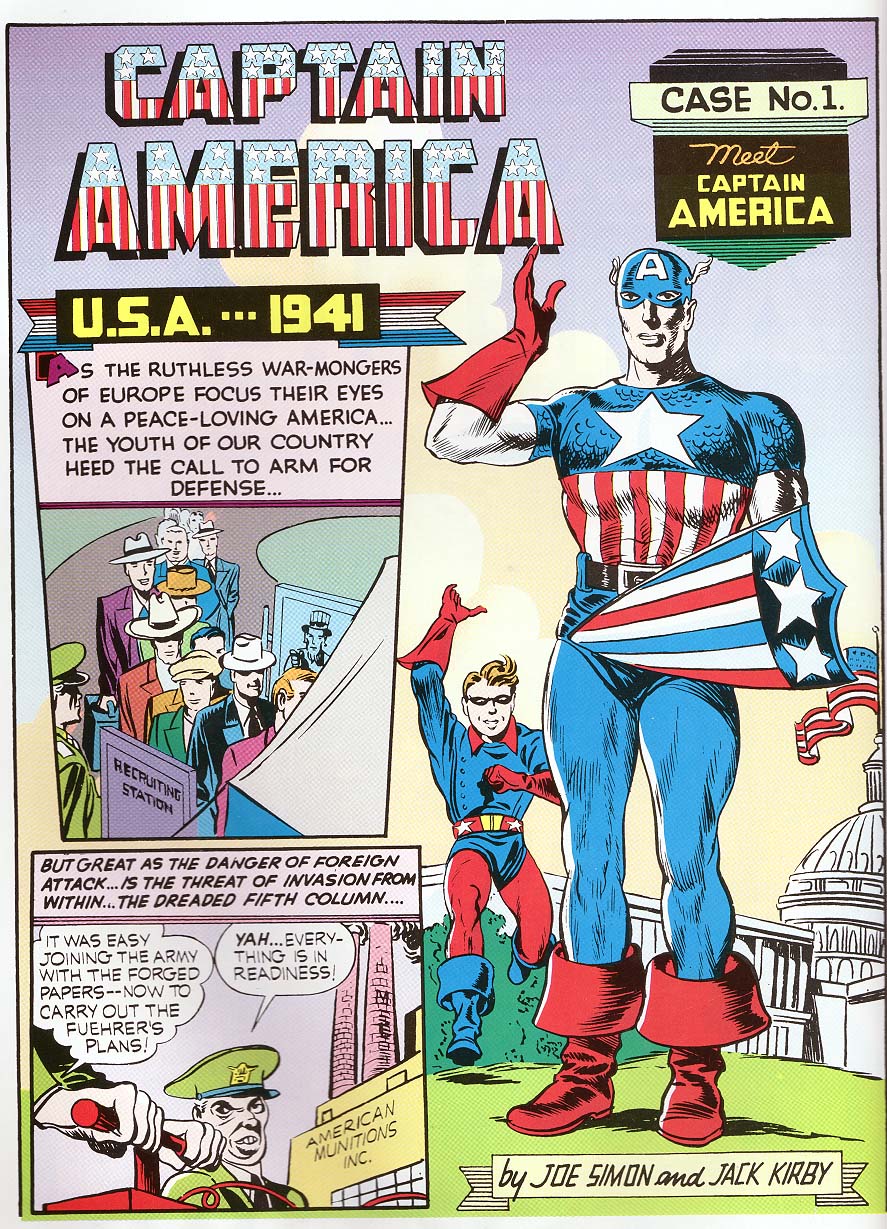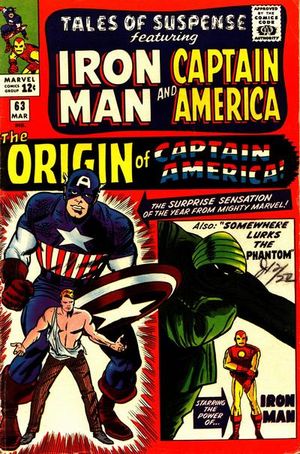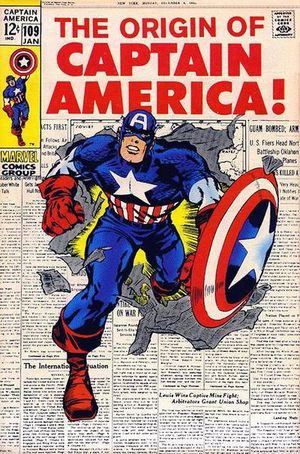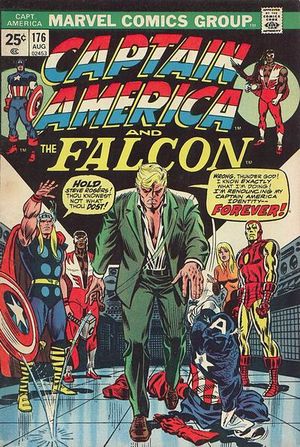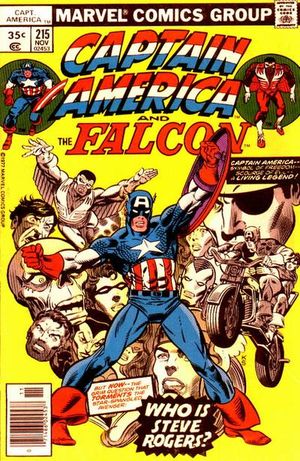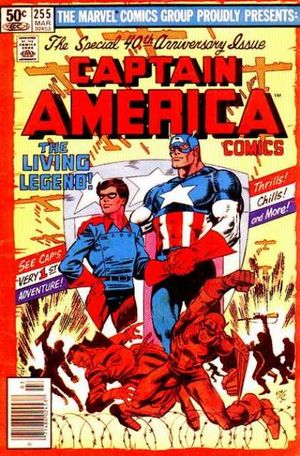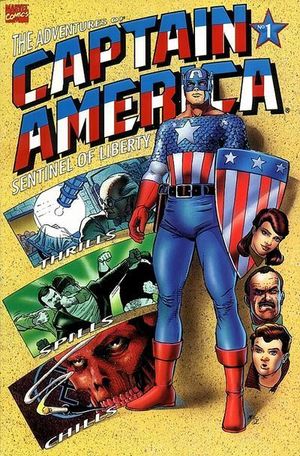“The angels worship God in heaven, but we cast up our prayers from the gravity and stone of earth. This is the land of our Sojourn. We are Americans, and our Legacy is the stone and weight of this place, this collection of ideas and dreams, of strip malls, and civil war. From here we form our Liturgy, our service of worship to the living Christ. Hear this Liturgy, this Common Prayer through the eyes of America. Worship and Place….Liturgy, and Legacy . . . .” — Rich Mullins
He was known as “Christian music’s restless poet.” Rich Mullins was almost 42 years old when he was tragically killed in a car accident on southbound Interstate 39 north of Bloomington (IL) on Sept. 19, 1997. He and his musician friend Mitch McVicker were heading from suburban Chicago to do a concert in Wichita (KS) when Rich lost control of his Jeep. The Jeep rolled, both Rich and Mitch were thrown out of the vehicle, and Rich was struck by a passing semi-truck. McVicker was severely injured, but he lived.
CCM magazine published a tribute titled, “Requiem for a Ragamuffin” which reported that at memorial services in Nashville and Wichita, “Friends recalled a man who was equal parts sinner and saint, a man who had no children of his own yet was responsible for feeding thousands around the world.”
Dr. Steven Hooks, a favorite professor of Mullins’ at Cincinnati Bible College, perhaps summed the evening up best: “The bandstand is dark, and the liturgy has been silenced–forever some are saying–by the demon we call death. Do you really believe that? Let me tell you a little secret. Rich knew it well. He sang it often. It was the truth. It stood at the heart of his ‘Creed,’ and it stands at the heart of the gospel: ‘The dead in Christ shall rise.’ …As we gather tonight to honor Rich’s passing over Jordan, some would seek to console us by reminding us that he will live on in his music and in our memories. But I’m here to tell you, he lives on.”
Read this piece at http://www.audiori.net/richmullins/articles/requiem.html, where it is posted on a Rich Mullins Tribute website. You’ll be able to learn more about Rich’s background and ministry here. Browse through the timeline and discography tabs, and click on the “Kid Brothers” tab and take a look there (In 1989, Rich and his musician partner David “Beaker” Strasser founded The Kid Brothers of St. Frank. The goal of Kid Brothers was to preach, live and model for others the teachings of St. Francis [St. Frank] of Assisi. Other young men joined them to be in a discipleship community with each other, following Francis’ vows of poverty, chastity and obedience.)
“I am a Christian because I have seen the love of God lived out in the lives of people who know Him. The Word has become flesh, and i have encountered God in the people who have manifested (in many “unreasonable” ways) His Presence; a Presence that is more than convincing, it is a Presence that is compelling.” — Rich
In the spring of 1991, Rich began to publish a regular column in RELEASE Magazine that was part devotional, part memoir, part . . . Rich. This arrangement, the editors recalled after Rich’s death, “become a very special relationship – a relationship that would enable not only editors and staff members to learn more about this mysterious artist, but one that would also allow people across the country to draw closer to him. One learned quickly from his columns (just as with his songs) that Rich not only had a lot to say, but a unique way of saying it. He challenged us. He comforted us. He taught us.”
A selection of these columns can be found online here: http://www.kidbrothers.net/release/dec97jan98art.html
(The quote above comes from the first article posted, “Telling the Joke.”)
For most of his early music career, Rich was a solo act or worked with some back-up musicians. In 1993 he formed “The Ragamuffin Band,” which took its name from a book by Rich’s friend and sometime mentor Brennan Manning. A promotional blurb for Manning’s The Ragamuffin Gospel explains,
Brennan Manning’s bestseller reminded us that Jesus did not come for the pretty, pious and powerful. Instead, he came for the “bedraggled, beat-up and burnt-out” ragamuffins who desperately need his grace. Dispelling the myth that you must work to receive God’s gift of grace and joy, Manning, a fellow ragamuffin, reveals the true nature of a freely-given and unrelenting grace that’s available to all. Drop the burden of never measuring up and revel in the comfort of a God who loves you for who you are – not for who you think you should be.
Manning, who died in 2013, was the subject of a 2004 Christianity Today cover story you can find at http://www.christianitytoday.com/ct/2004/june/22.42.html. The article opens with this paragraph:
The first time the late singer-songwriter Rich Mullins heard former Franciscan priest Brennan Manning on tape as he drove through the edge of the Flint Hills in Kansas, his eyes filled with tears. He steered the truck to the side of the road. There, as he later wrote, the message “broke the power of mere ‘moralistic religiosity’ in my life, and revived a deeper acceptance that had long ago withered in me.”
Manning appears several times in video tribute to Rich’s life, Homeless Man, where he notes that the strength of Rich’s ministry was deeply connected to his own brokenness:
Rich wrote an opening “Testimony” for Manning’s book that included these remarks:
In our society, we tend to swear unyielding allegiance to a rigid position, confusing that action with finding an authentic connection to a life-giving Spirit. We miss the gospel of Christ: the good news that, although the holy and all-powerful God knows we are dust, He still stoops to breathe into us the breath of life—to bring to our wounds the balm of acceptance and love. No other author has articulated this message more simply or beautifully than Brennan Manning.
I owe Brennan Manning thirty dollars, and I expect to get it to him soon. But I owe him an even bigger debt for the freedom he helped me find through this book . . . and the greatest debt of all to the God whose grace extends to—and especially for—the ragamuffins of this world.
Brennan Manning may have written and proclaimed “The Ragamuffin Gospel,” but Rich Mullins embodied it.
The videos below come from a 2004 project, Pursuit of a Legacy. Watching these, and letting Rich have the last word, has been a Worldviews tradition for almost 20 years. The thing about “leaving a legacy” is . . . well . . . you have to leave. Hopefully some of the things Rich has to say here will stick with you as you make transitions in “worship and place” and begin shaping a new “liturgy and legacy” for the Kingdom of God. I’ll be praying for God’s blessings to go with you.









